Sean Raymond - Black Holes, Stars, Earth and Mars: Astronomy poems for all ages
Here you can read online Sean Raymond - Black Holes, Stars, Earth and Mars: Astronomy poems for all ages full text of the book (entire story) in english for free. Download pdf and epub, get meaning, cover and reviews about this ebook. genre: Children. Description of the work, (preface) as well as reviews are available. Best literature library LitArk.com created for fans of good reading and offers a wide selection of genres:
Romance novel
Science fiction
Adventure
Detective
Science
History
Home and family
Prose
Art
Politics
Computer
Non-fiction
Religion
Business
Children
Humor
Choose a favorite category and find really read worthwhile books. Enjoy immersion in the world of imagination, feel the emotions of the characters or learn something new for yourself, make an fascinating discovery.
- Book:Black Holes, Stars, Earth and Mars: Astronomy poems for all ages
- Author:
- Genre:
- Rating:5 / 5
- Favourites:Add to favourites
- Your mark:
Black Holes, Stars, Earth and Mars: Astronomy poems for all ages: summary, description and annotation
We offer to read an annotation, description, summary or preface (depends on what the author of the book "Black Holes, Stars, Earth and Mars: Astronomy poems for all ages" wrote himself). If you haven't found the necessary information about the book — write in the comments, we will try to find it.
Does anyone out there just hate all the stars?
Despise every planet from Neptune to Mars?
Loathe the mere sight of an asteroid or comet?
Look at the Moon and just instantly vomit?
Astronomer Sean Raymond wraps space facts in poetry, explaining complex topics in playful prose. Drawings by Owen Raymond illustrate how our Universe works, from the phases of the Moon to spaghettification. Eleven astronomical poems cover topics ranging from telescopes to black holes, from galaxies to the search for extra-terrestrial life, from the Big Bang to the planets. Foreword (in rhyme) by world-renowned astrophysicist Neil deGrasse Tyson.
PRAISE FOR BLACK HOLES, STARS, EARTH AND MARS
This book (with its wacky poems and Dr. Seuss-like rhymes) appeals both to adults inner child, and to the curious natural scientist in all our children. The illustrations by a 12-year old artist convey a reassuring sense of I got this!
-- Jill Tarter, Astronomer and pioneer of SETI (the Search for Extra-Terrestrial Intelligence)
This delightful book is a gentle reminder of the better things in life, and science. With echoes of Dr Seuss and the skilled crafting of Edward Lear, Raymond and Raymond create a world well worth losing yourself in, all the while telling a story about the frontiers of our understanding of the universe. An absolute pleasure.
-- Caleb Scharf, Director of Astrobiology at Columbia University and author of The Copernicus Complex
Cutting edge concepts dished out in poetry youll want to be reading in striped pyjamas, Raymond presents clear explanations of the biggest concepts in astronomy today in a form guaranteed to intrigue and delight both scientists and artists of all ages.
-- Elizabeth Tasker, Astrophysicist, science communicator, and author of The Planet Factory
Black Holes, Stars, Earth and Mars is like an Astronomy 101 textbook wrapped up in delightful Dr. Seuss style poetry. Its remarkably comprehensive and covers serious physics, but the easy rhymes make it simple to understand. Id recommend it for kids learning about space, but also for any astronomy enthusiast!
-- Gillian Rhodes, Astronomy/Art Fusion Show Host and Dancer/Choreographer
Sean Raymond: author's other books
Who wrote Black Holes, Stars, Earth and Mars: Astronomy poems for all ages? Find out the surname, the name of the author of the book and a list of all author's works by series.

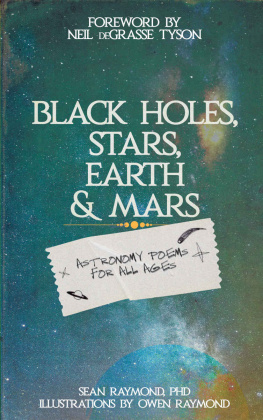
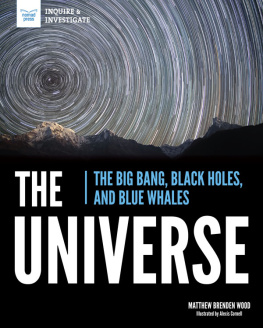


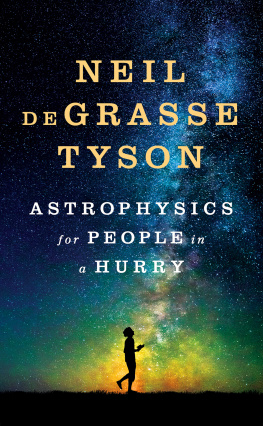
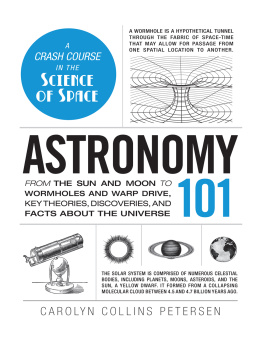

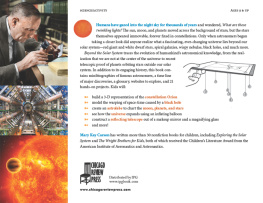
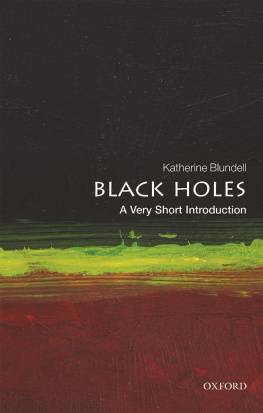
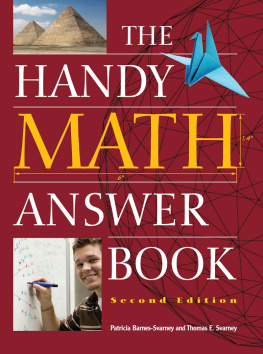
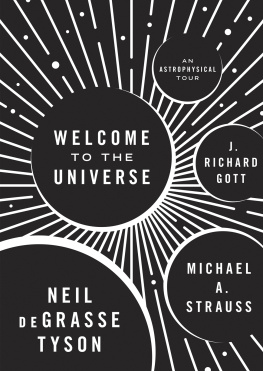
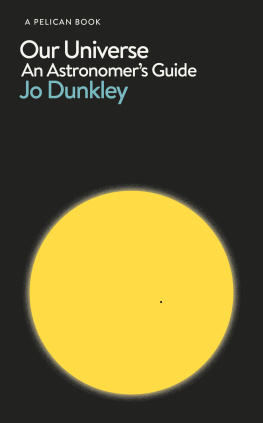
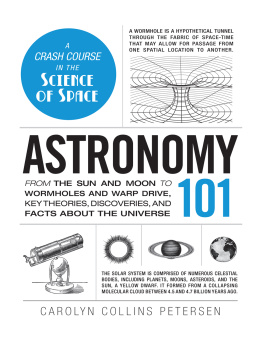
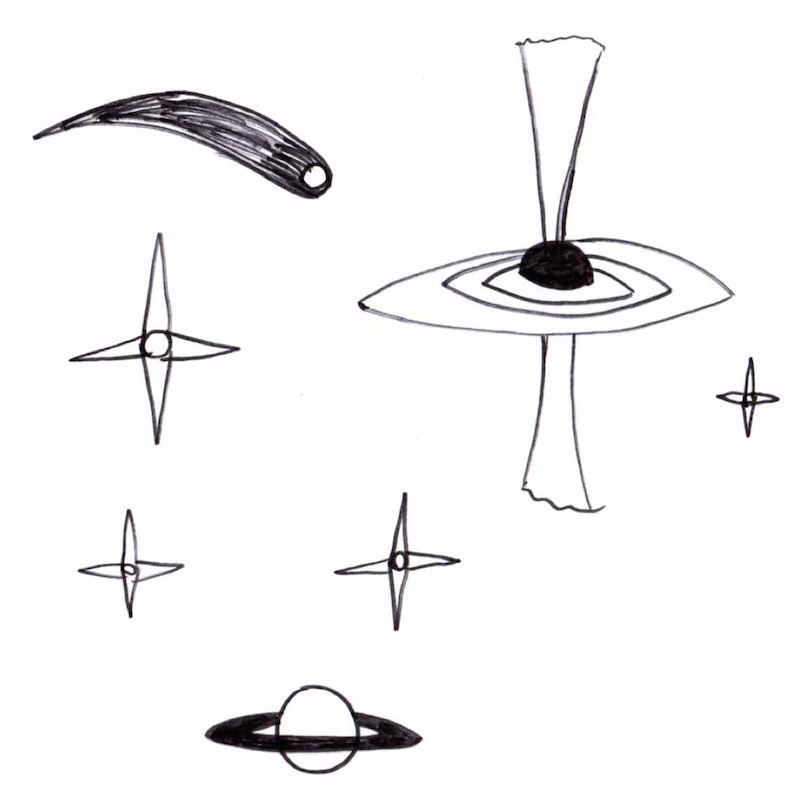 Sean Raymond, PhD Illustrations by Owen Raymond Copyright 2020 Sean Raymond (poems) Copyright 2020 Owen Raymond (drawings) All rights reserved. For information about the author, please visit: https://planetplanet.net/about/ For more astronomy poems, please visit https://planetplanet.net/astronomy-poems/ The cover was designed by C.S. Fritz with Albatross Design Co. For Marisa and Zack, the two brightest stars in our sky. TABLE OF CONTENTS FOREWORD Ever learn science from a rhyme? It happens here -- its about time. Rather than doubt, try it and see.
Sean Raymond, PhD Illustrations by Owen Raymond Copyright 2020 Sean Raymond (poems) Copyright 2020 Owen Raymond (drawings) All rights reserved. For information about the author, please visit: https://planetplanet.net/about/ For more astronomy poems, please visit https://planetplanet.net/astronomy-poems/ The cover was designed by C.S. Fritz with Albatross Design Co. For Marisa and Zack, the two brightest stars in our sky. TABLE OF CONTENTS FOREWORD Ever learn science from a rhyme? It happens here -- its about time. Rather than doubt, try it and see.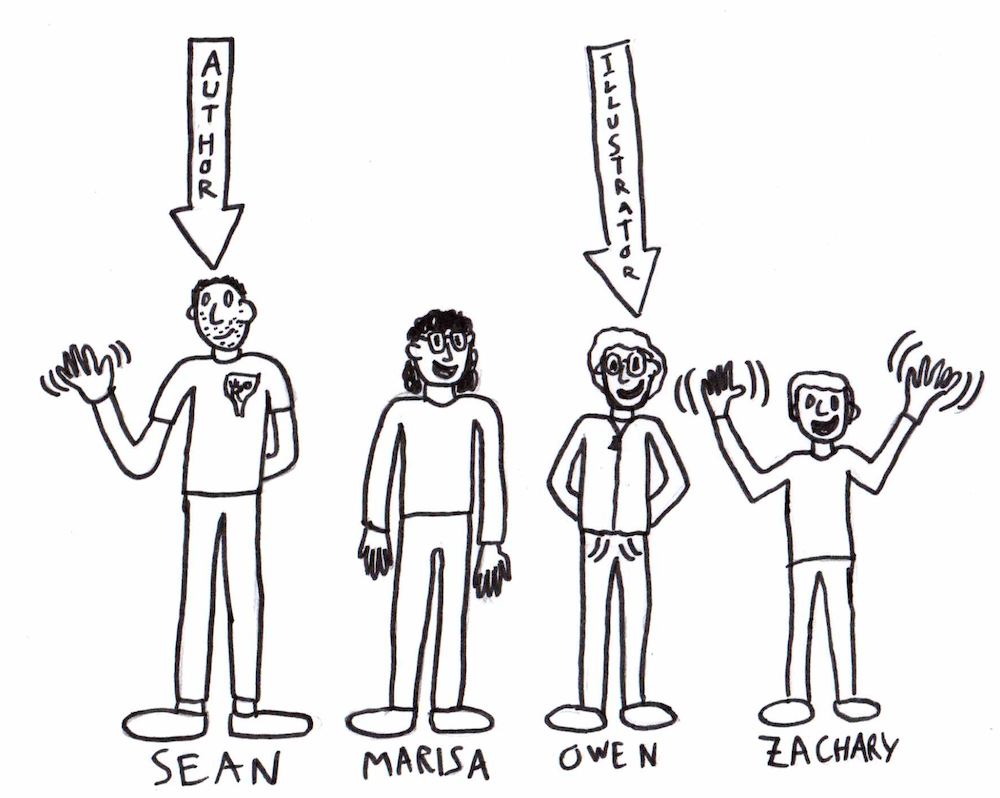 I study planets and asteroids too. I work to discover how Earth and Mars grew And why other planets look different than ours. Ive even found planets around other stars. Theres thousands of planets, too many to list em. The eight we know best are in our Solar System.
I study planets and asteroids too. I work to discover how Earth and Mars grew And why other planets look different than ours. Ive even found planets around other stars. Theres thousands of planets, too many to list em. The eight we know best are in our Solar System.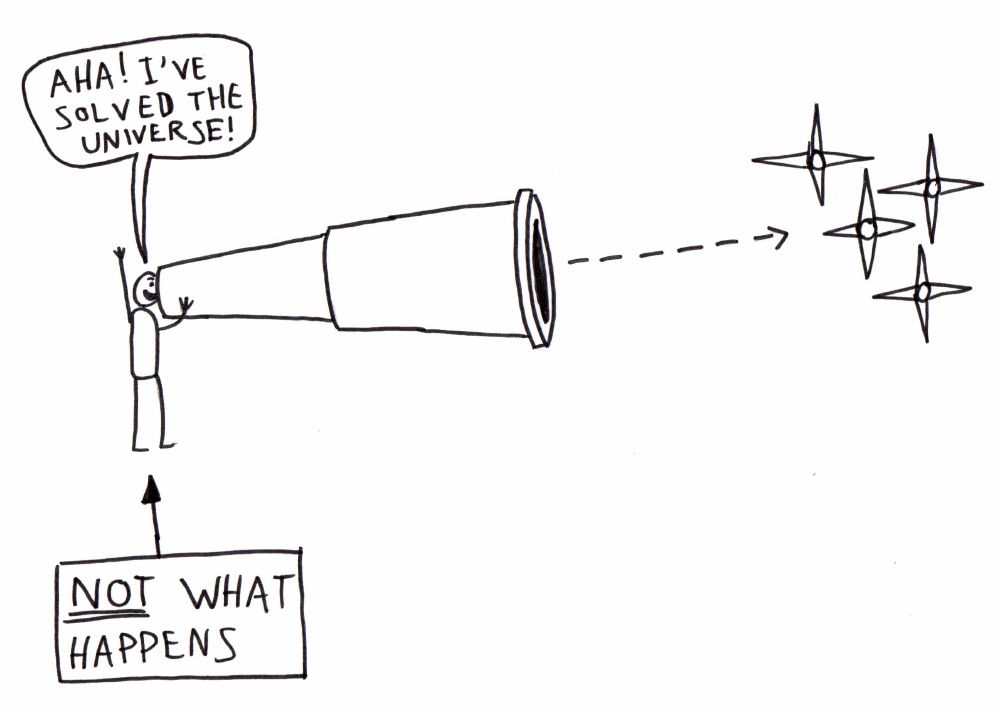 So sit back, relax.
So sit back, relax. And did you know lots of words come from the Moon? Month comes from Moonth. Also looney from Lune. Look up at the Moon.
And did you know lots of words come from the Moon? Month comes from Moonth. Also looney from Lune. Look up at the Moon.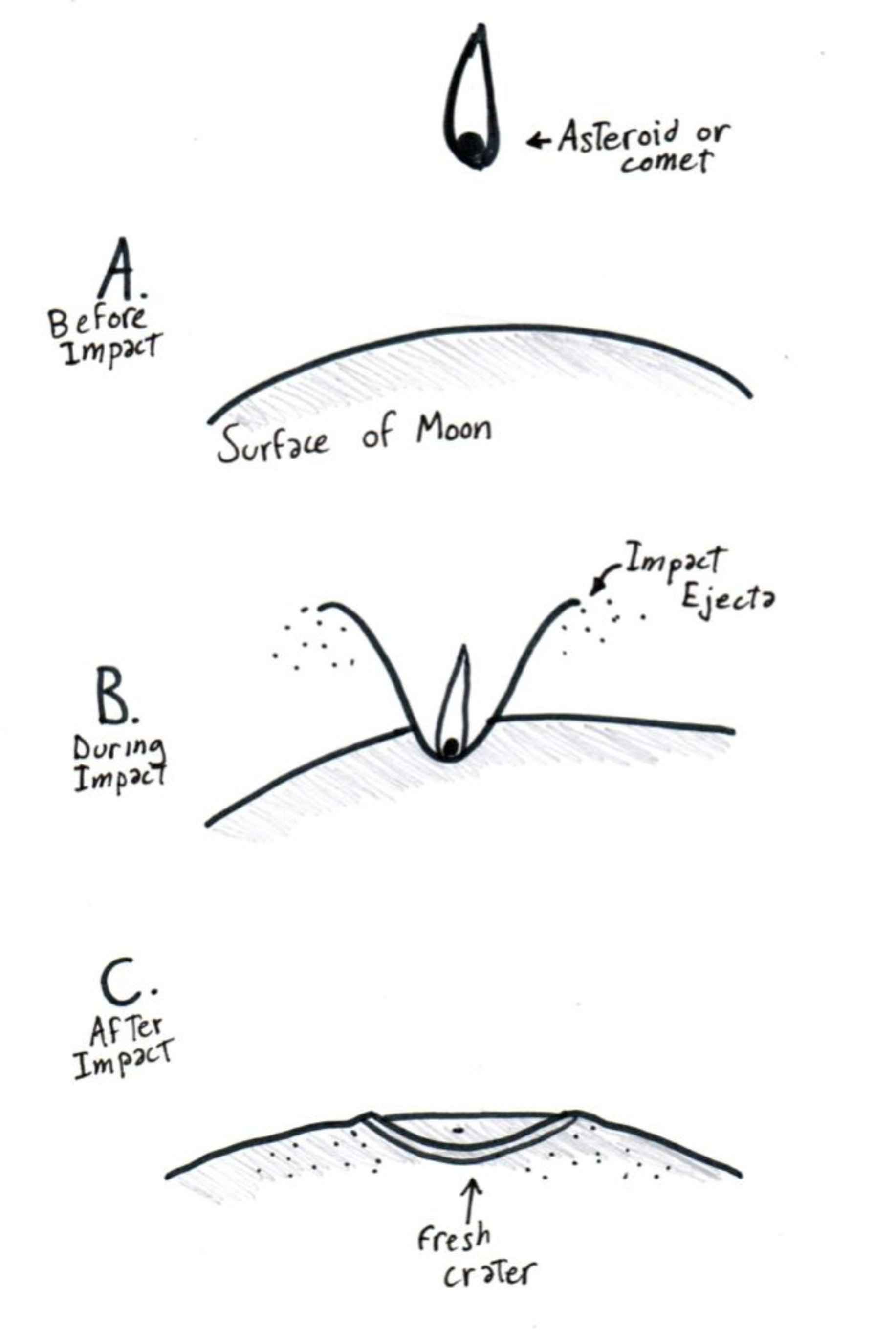 Look up at the stars all lined up in formation: Each pattern of stars forms its own constellation. Of course, the Big Dipper. Delphinus. Orion.
Look up at the stars all lined up in formation: Each pattern of stars forms its own constellation. Of course, the Big Dipper. Delphinus. Orion.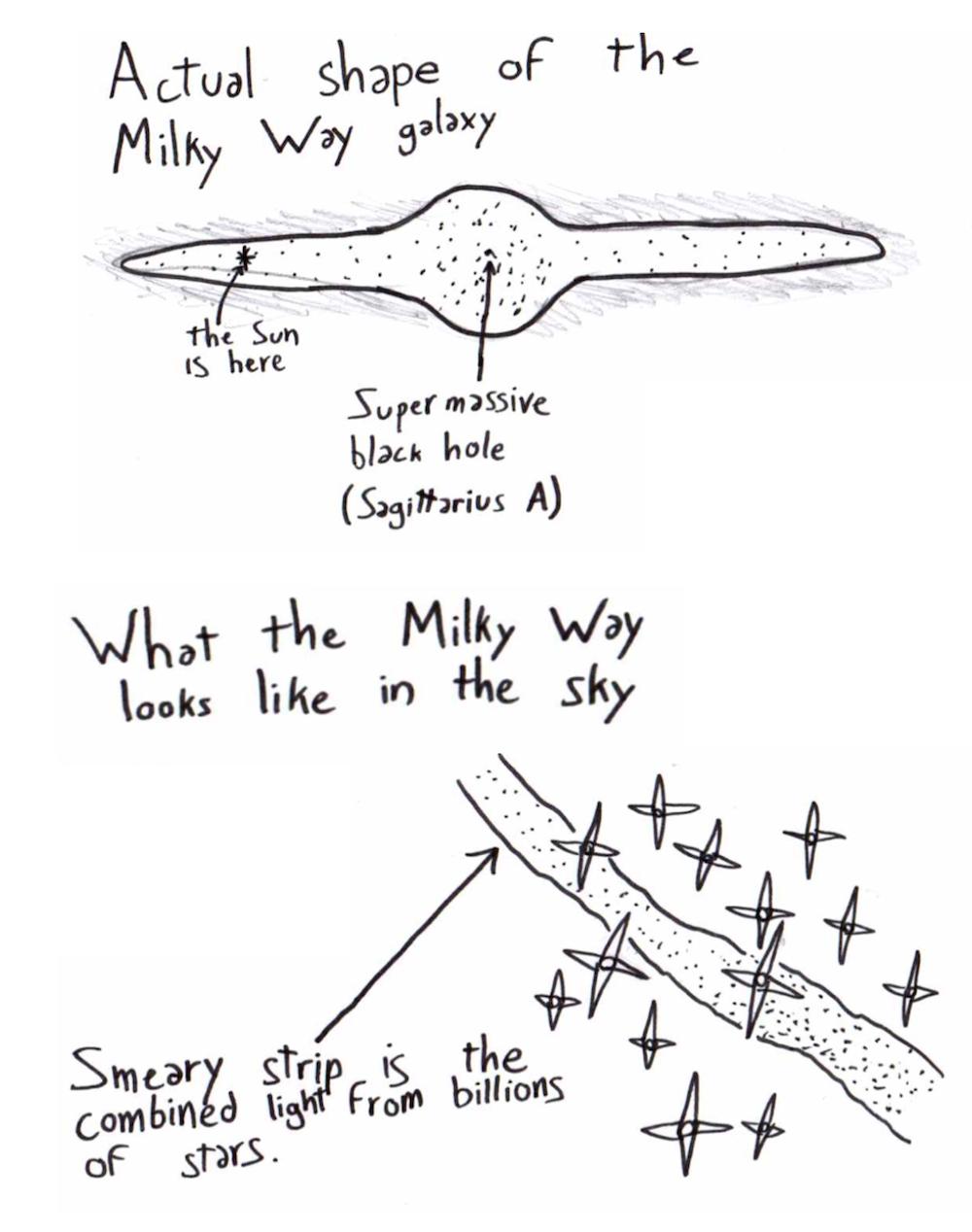 Of course way back then they had no idea how That milky streak got there. A heavenly cow? The reason that strip is all smeary, youll find, Its billions of stars and their light has combined. The reason that smear is a strip in its shape: Our galaxys strikingly flat like a crepe. That long fuzzy smear is the place on the sky, The galaxys flatness lines up with your eye.
Of course way back then they had no idea how That milky streak got there. A heavenly cow? The reason that strip is all smeary, youll find, Its billions of stars and their light has combined. The reason that smear is a strip in its shape: Our galaxys strikingly flat like a crepe. That long fuzzy smear is the place on the sky, The galaxys flatness lines up with your eye.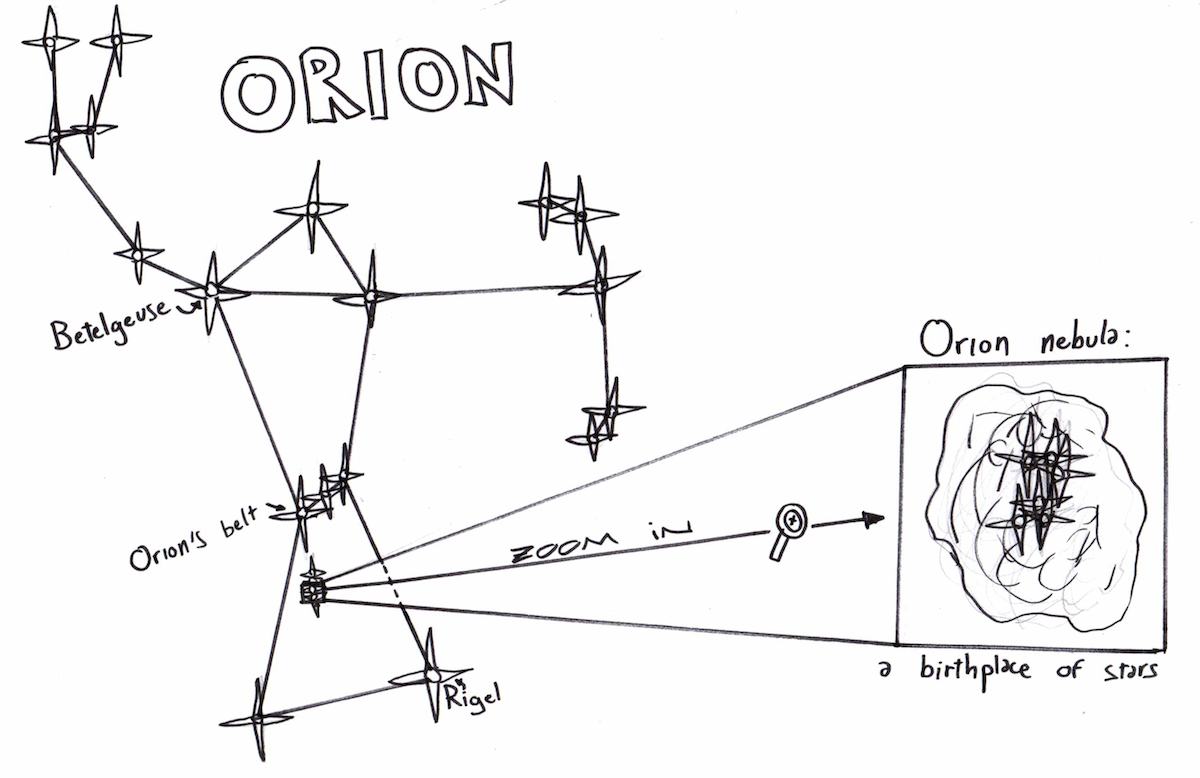 A Subarus logo: a cluster of stars. A cluster of stars thats on millions of cars! In Japanese, Subaru means Pleiades.
A Subarus logo: a cluster of stars. A cluster of stars thats on millions of cars! In Japanese, Subaru means Pleiades.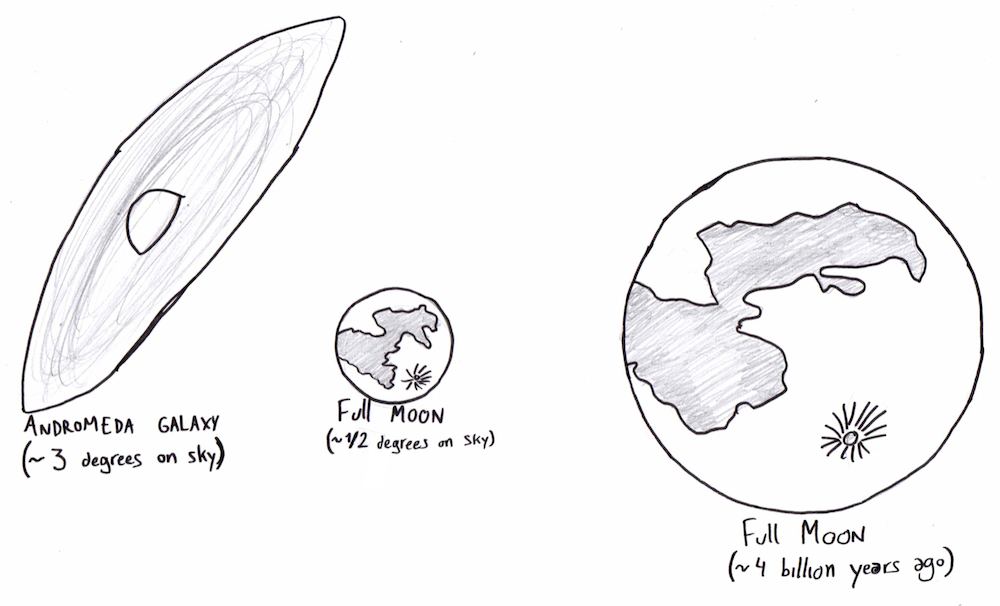 Its smudgy and faint and theres only a hint.
Its smudgy and faint and theres only a hint.